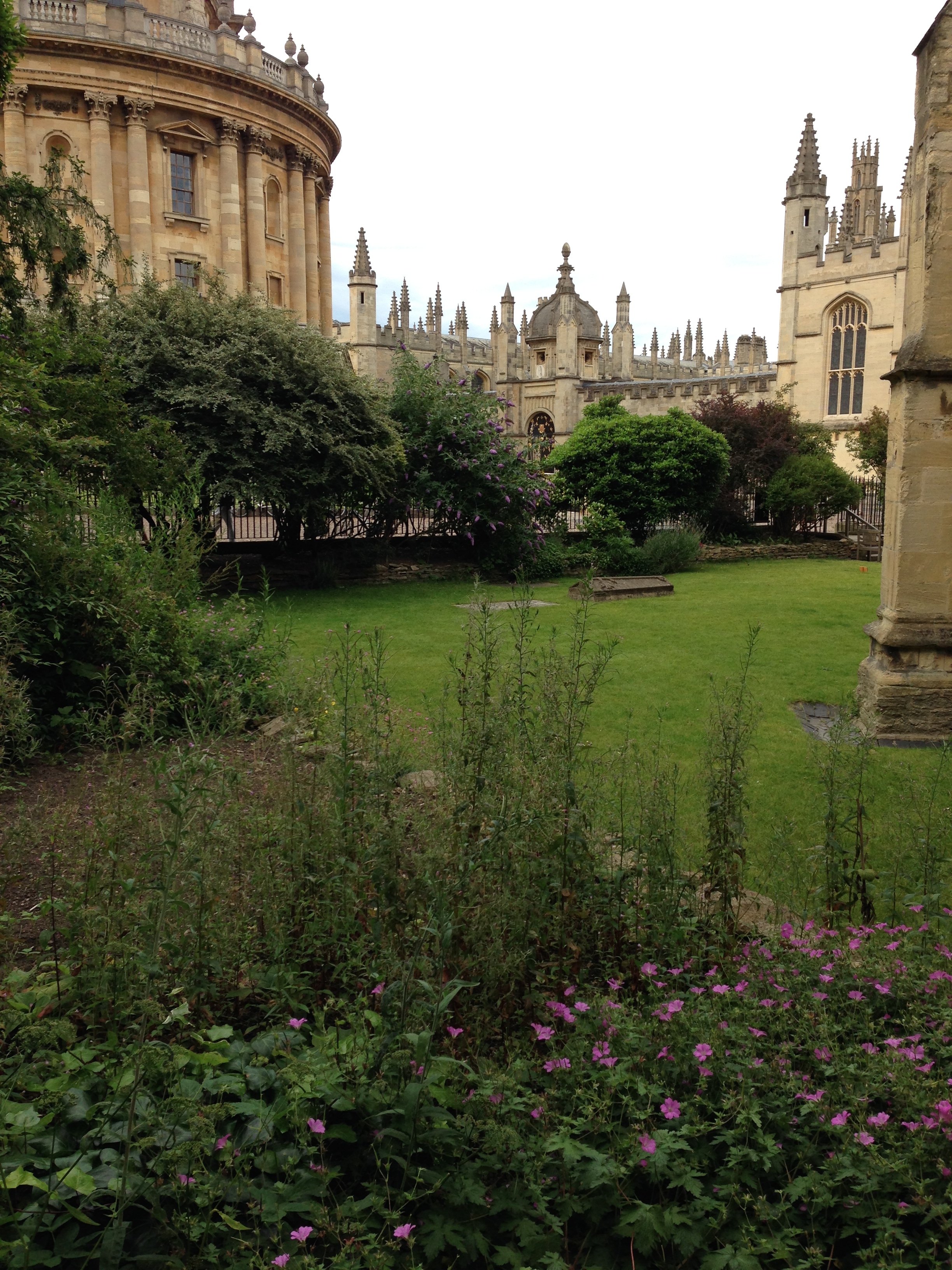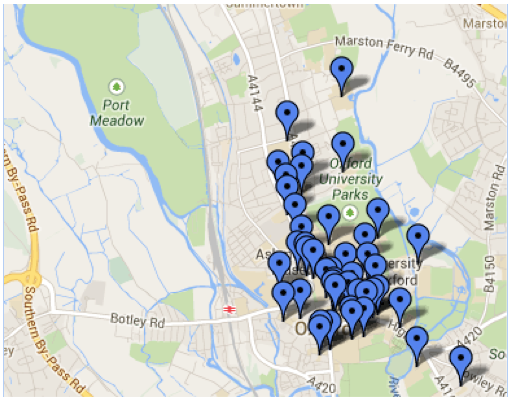Visiting the University of Oxford is a truly breathtaking experience that extends beyond the magnificence of the architecture and the intellectual energy in the air.
For starters, it’s really, really old. Not old like your grandmother’s Steinway piano is old, but old in the way that your grandmother’s great-grandmother’s great-grandmother thought Oxford was old. Formally founded in 1249, Oxford is the world’s second oldest surviving university and the oldest university in the English-speaking world.
The intellectual spirit of the storied people who have studied at Oxford – such as philosopher John Locke, Nobel Laureate T.S. Eliot, Prime Minister David Cameron, and Adam Smith, founder of the science of economics – permeates the atmosphere, and sets superb academic standards that are revered and sought after.
What exactly is the University of Oxford?
Oxford is a “collegiate university,” comprised of 33 colleges, each with its own identity. Students graduate from the University of Oxford, but live in – and are affiliated with – one particular college. The University provides centralized administrative functions, but admissions, academics and activities occur primarily on the college level. The map below shows the relative location of the 33 colleges within the town of Oxford, East of the River Thames and Port Meadow.
What do you study?
Three-Year Bachelors Degree
The undergraduate Bachelors degree in English universities is three years, not four years as in the US, Canada and Scotland. The first year of study is typically prescribed by a core curriculum for that particular subject, and students can then select courses in their subject for their second and third years.
There are a few exceptions. Language programs are four years, and include a required study-abroad year. In the sciences, it’s possible to apply to a four year program that includes a Master’s degree.
Students Study ONE Subject
Students must apply to a particular “course of study” with the intent of concentrating their entire undergraduate studies in that particular field. The course can be a single honors course (one subject) or a joint honours course (two or more subjects) from a list of available courses. There are no majors or minors.
Oxford University as a whole offers 50 total “courses of study,” or “subjects,” each with one physical departmental office and one set of faculty. Although most colleges offer most subjects, the courses of study available in each college differ. Faculty may be affiliated with a particular college in addition to their department.
A few subjects that are fairly unique to Oxford are:
- Geography. “The interrelationships between society and the physical and human environment.” This interdisciplinary field involves other disciplines of anthropology, sociology, history, political science, economics, earth science and biology. The subject consists of both human geography (has similarities to cultural anthropology) and physical geography (overlaps with environmental science). Geography is offered at 14 of the 33 Oxford colleges. This major is rare at US colleges; Dartmouth University is one of the exceptions.
- PPE (Philosophy, Politics and Economics). Admission to this interdisciplinary major requires acceptance by all three of the involved departments. PPE is currently one of the most popular majors, partly because three recent Prime Ministers studied PPE at Oxford! PPE is particularly popular for international students. Several US colleges offer a PPE major as well, including the University of Pennsylvania, University of Michigan, UNC-Duke (through a joint program) and the new Yale-NUS joint program with University of Singapore.
- Medicine. A BA in Medicine does not lead to a career as a physician, but rather as a researcher. This course is offered by most colleges, but not all. If a student is interested in practicing medicine, he or she needs to apply at the outset to a 6-year program that includes a 3-year BM (Bachelor in Medicine degree), followed by a 3-year clinical program. US colleges do not offer comparable undergraduate majors.
- Law. Oxford offers a three-year course in law that culminates in a BA in Jurisprudence. Consistent with Oxford’s philosophy, the course is a scholarly study of legal principles, not intended as a pre-professional track. For students who want to practice law in the UK after graduation, it is necessary to take a professional course, either the Legal Practice Course for solicitors, or the Bar Professional Training Course for barristers. If an individual wants to practice law in a European country outside the UK, he or she can take a fourth year at Oxford, of Law Studies in Europe. To practice law in the US after receiving an Oxford BA in Jurisprudence, students need to acquire the JD degree.
The Tutorial System
Oxford truly celebrates the life of the mind. Accepted students thrive on the tutorial system, the heart of the intellectual development at the core of the Oxford experience. All courses are taught through tutorials in which one to three students join a “tutor” (who is likely a Professor) in discussion of assigned reading and papers. As a PPE Professor said, “Be prepared for reading, reading, and then more reading.” Students are typically assigned one or two papers per week that are each between 2,000-3,000 words in length.
The goal of the tutorial discussion is to present, challenge and refine your ideas. Mathematically-based courses may have a lecture component, but there are always affiliated tutorials. Students receive formative feedback that is not factored into their grade, but instead intended to nurture their intellectual development.
Now that you’re familiar with the values and history of Oxford University, you might be wondering how to decide which college to apply to, or even how to apply at all. Stay tuned for our next blog, or contact Collegiate Gateway. As always, we’re happy to help!
[All photos taken by Collegiate Gateway]



